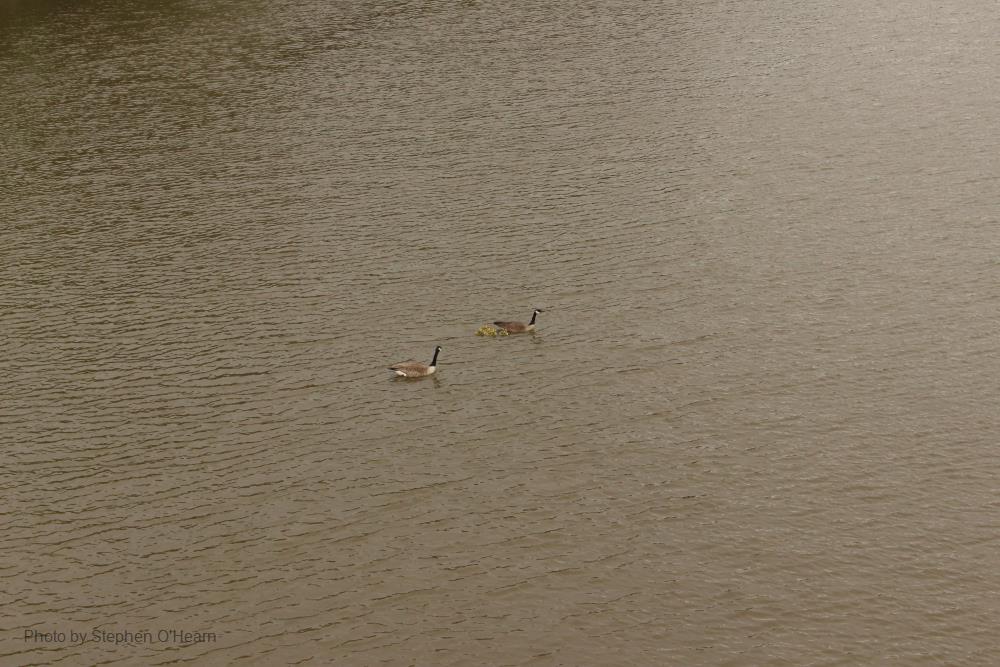
Related items loading ...
Section 1: Publication
Publication Type
Thesis
Authorship
McNamara, Gavin
Title
Glacio-hydrological modeling of Quilcayhuanca valley, Peru.
Year
2023
Publication Outlet
eScholarship McGill - Theses and Dissertations
DOI
ISBN
ISSN
Citation
Abstract
The glaciated valleys of the Andes provide vital freshwater to the arid west coast of South America. The Cordillera Blanca, Peru, is the largest glacierized region in the tropics, containing 25% of the world’s tropical glaciers with a total glaciated area of 431 km2. Climate change is causing major hydrologic alteration to the Cordillera Blanca as regional glacial coverage decreased by 40% since the 1970s.Physically based models are useful to comprehend the hydrological processes of remote regions with sparse meteorological data. The Cold Regions Hydrological Model (CRHM) is a flexible, physically based numerical model developed for improving the understanding of cold regions hydrological processes in poorly gauged or ungauged basins. The model includes processes specific to mountain environments, including snow and glacier accumulation and ablation, interception, infiltration through frozen soils, and surface and subsurface hydrology.CRHM is used to simulate the hydrology of the Quilcayhuanca Valley, a pampa valley on the western side of the Cordillera Blanca from June 2014 to August 2018. The model uses a variety of data sources, including satellite imagery, digital elevation models, and weather stations (precipitation, temperature, solar radiation, relative humidity, and wind speed) from the valley floor (Casa de Agua, 3905 m.a.s.l.) and at Cuchillacocha Lake (4625 m.a.s.l.). Due to the high level of confidence in the process representations of the modules, calibration was limited to only varying runoff routing and subsurface parameters.The model, divided into 19 hydrologic response units, accurately simulates the discharge recorded at the catchment outflow. The model is validated with respect to streamflow, groundwater levels, glacier melt rates, and evapotranspiration rates. The results show that 31% of the total water exiting the basin is groundwater and increases during the dry season. As glaciers recede, relative groundwater contributions are further increased. A basin-wide glacier mass balance was calculated at -2.51 m water equivalent per year. Despite lower ablation rates in the dry season, the glacier contribution to streamflow is much higher (60% dry season versus 31% wet season). The proportional quantity of evapotranspiration in Quilcayhuanca Valley is significant, comprising 20% of total hydrological outflows.A parameter sensitivity analysis was conducted for key hydrological uncertainties including lapse rates, groundwater routing, and ice albedo. To better understand how ongoing climate change will affect the hydrology of the valley, parameters such as temperature and precipitation, as well as the degree of glaciation, are modified to evaluate their impact on model outcomes. The results of these virtual experiments show that basin-wide mass balances for air temperature increases of 2 °C and 4 °C were -7.03 m and -11.74 m water equivalent per year, respectively. All glaciers within the catchment have annual negative mass balances at a warming of 0.9 °C. In a scenario with complete deglaciation, basin streamflow is reduced by 60% in the dry season and 42% on an annual basis. The results from the research are important for conceptualizing and quantifying the socio-hydrology risks for water security in the Andes and in directing future research questions
Plain Language Summary


 GWFNet
GWFNet Master
Master Research
Research Map
Map
 Advanced
Advanced . . .
. . .

 Metadata Editor
Metadata Editor
 Record List
Record List
 Alias List Editor
Alias List Editor
 Legacy sites
Legacy sites